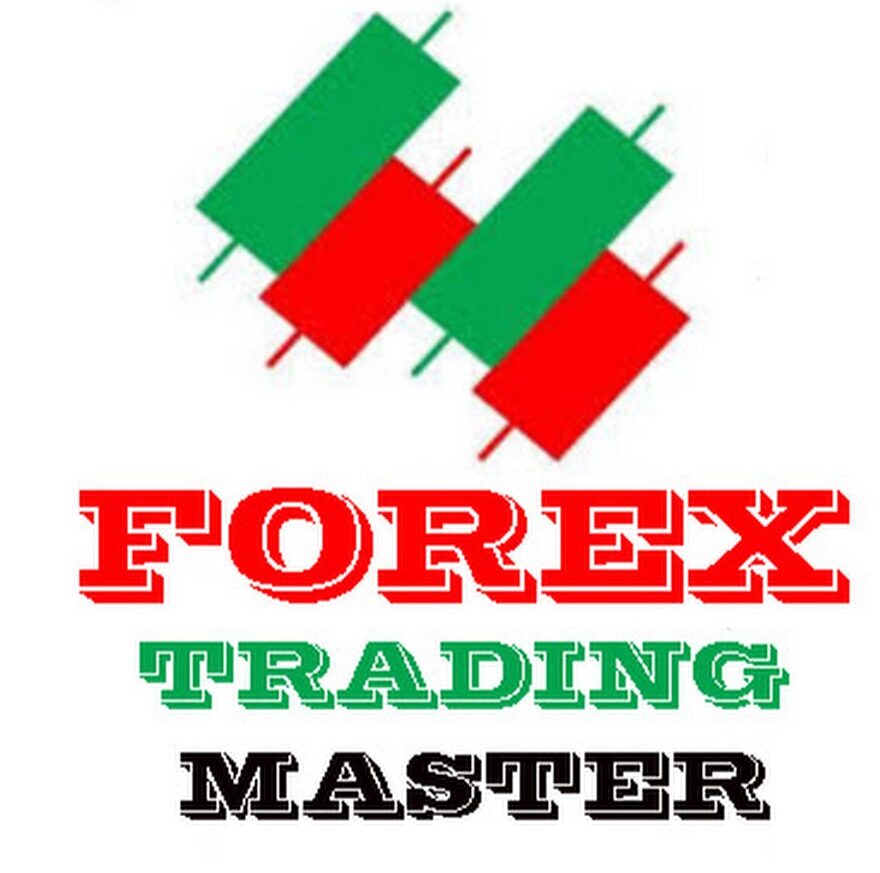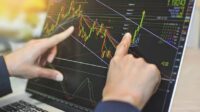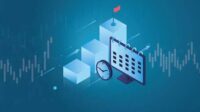Unleash Your Potential: Mastering Forex Trading Stations
In the fast-paced world of financial markets, mastering the art of Forex trading is a pathway to unlocking your potential for financial success. One crucial aspect that often gets overlooked is the mastery of Forex trading stations. These platforms serve as the gateway to the dynamic realm of currency exchange, and understanding how to navigate them can make a significant difference in your trading journey.
Understanding Forex Trading Platforms
Before diving into the intricacies of mastering Forex trading stations, it’s essential to grasp the fundamentals of Forex trading platforms. These are software applications that connect traders to the currency markets, providing real-time data, charts, and tools for executing trades. Popular platforms like MetaTrader 4, MetaTrader 5, and cTrader offer diverse features catering to both novice and experienced traders.
Overview of Popular Platforms
Different Forex trading platforms come with their unique strengths and weaknesses. MetaTrader 4, known for its user-friendly interface, remains a preferred choice for many beginners. On the other hand, MetaTrader 5 offers advanced features such as more timeframes and additional order types. cTrader, with its intuitive design, is gaining popularity for its user-friendly experience.
Key Features to Look For
When choosing a Forex trading platform, it’s crucial to consider features like charting tools, technical analysis indicators, order execution speed, and user customization options. A platform that aligns with your trading style and preferences enhances your overall trading experience.
Setting Up Your Trading Station
Once you’ve selected a trading platform, the next step is setting up your trading station. This involves both hardware and software considerations to ensure optimal performance.
Hardware Requirements
Investing in a reliable computer with sufficient processing power and memory is vital. Additionally, a stable internet connection is non-negotiable, as any disruptions can result in missed trading opportunities.
Software Installation
Installing the chosen trading platform and configuring it to your preferences is a straightforward process. Ensure you have the latest version to access the most up-to-date features and security patches.
Navigating the Interface
After the initial setup, familiarize yourself with the trading platform’s interface. Understanding the dashboard layout and available customization options allows you to tailor the platform to suit your trading style.
Dashboard Overview
The dashboard typically displays currency pairs, price charts, and account information. Learning how to interpret these elements provides a solid foundation for executing successful trades.
Customization Options
Most Forex trading platforms allow users to customize their workspace. This includes arranging charts, setting up watchlists, and choosing color schemes. Tailoring the platform to your preferences enhances efficiency and reduces the learning curve.
Mastering Basic Functions
With the platform set up, it’s time to delve into the basic functions of Forex trading. This includes placing trades, monitoring positions, and understanding order types.
Placing Trades
Executing trades involves selecting a currency pair, specifying trade size, and deciding whether to go long or short. Familiarize yourself with market orders, limit orders, and stop orders to effectively navigate various trading scenarios.
Monitoring Positions
Once a trade is initiated, monitoring positions in real-time is crucial. Understanding how to read price charts and indicators enables you to make informed decisions about when to enter or exit a trade.
Advanced Analysis Tools
As you progress in your trading journey, incorporating advanced analysis tools becomes essential for making informed decisions.
Technical Analysis
Technical analysis involves studying historical price charts and patterns to predict future price movements. Learn to use indicators like moving averages, RSI, and Fibonacci retracement to enhance your analytical skills.
Fundamental Analysis
Beyond technical analysis, understanding fundamental factors that influence currency values is paramount. Stay informed about economic indicators, interest rates, and geopolitical events that can impact the Forex market.
Risk Management Strategies
Successful trading isn’t just about making profits; it’s also about managing risks effectively.
Stop-Loss and Take-Profit Orders
Implementing stop-loss and take-profit orders helps control potential losses and secure profits. Establishing these levels before entering a trade is a fundamental risk management practice.
Position Sizing Techniques
Determining the appropriate size for each trade based on your risk tolerance and account size is crucial. Avoiding overly large positions preserves capital and minimizes the impact of losing trades.
Automating Your Trading
For those looking to streamline their trading activities, exploring automation through algorithmic trading is a logical next step.
Introduction to Algorithmic Trading
Algorithmic trading involves using computer programs to execute trades based on pre-defined criteria. While it requires programming knowledge, it can significantly enhance efficiency and eliminate emotional decision-making.
Using Trading Bots
Various trading bots are available, offering automated solutions for different trading strategies. Research and choose a bot that aligns with your goals and risk tolerance.
Staying Informed
Remaining informed about market developments is crucial for making timely and informed decisions.
Market News Integration
Most trading platforms integrate market news feeds. Staying updated on economic indicators, central bank decisions, and geopolitical events provides valuable insights into potential market movements.
Economic Calendar Usage
Utilize economic calendars to track upcoming events that may impact currency values. Planning your trades around these events helps mitigate unexpected market volatility.
Psychological Aspects of Trading
Trading is not just about numbers and charts; it’s also about managing emotions and maintaining discipline.
Controlling Emotions
Fear and greed can cloud judgment. Develop strategies to manage emotions, whether it’s sticking to a trading plan or taking breaks during stressful periods.
Maintaining Discipline
Adhering to a well-defined trading plan and strategy requires discipline. Avoid impulsive decisions and stick to your established rules.
Learning from Mistakes
Losses are inevitable in trading, but the key is to learn from them and continually improve.
Analyzing Losing Trades
Rather than viewing losses as failures, analyze them to identify areas for improvement. This reflective approach contributes to long-term success.
Continuous Improvement
The Forex market is dynamic, and continuous learning is essential. Stay updated on market trends, new trading strategies, and technological advancements to refine your skills.
Security Measures
With the rise of online trading, safeguarding your trading account from potential threats is paramount.
Protecting Your Trading Account
Implement security measures like two-factor authentication and strong, unique passwords. Be cautious about phishing attempts and regularly update your antivirus software.
Recognizing Scams
Be vigilant about potential scams in the Forex industry. Verify the legitimacy of brokers and trading platforms before depositing funds.
Optimizing Performance
To ensure optimal performance, it’s essential to maintain and update your trading software regularly.
Regular Software Updates
Keep your trading platform and any associated software up to date. Developers regularly release updates to enhance functionality and address security vulnerabilities.
Internet Connectivity Considerations
A stable and fast internet connection is vital for real-time trading. Consider using a wired connection and having a backup plan in case of unexpected outages.
Community and Resources

Trading doesn’t have to be a solitary endeavor. Joining trading communities and utilizing educational resources can significantly enhance your skills.
Joining Trading Forums
Participate in online forums to exchange ideas, strategies, and experiences with other traders. Engaging with a community provides valuable insights and support.
Utilizing Educational Materials
Take advantage of educational materials offered by reputable sources. Webinars, articles, and online courses can deepen your understanding of trading concepts and strategies.
Conclusion
Mastering Forex trading stations is a continuous journey of learning and adaptation. By understanding the intricacies of these platforms, employing effective risk management strategies, and staying informed, you can unleash your full potential as a Forex trader. Embrace the challenges, learn from your experiences, and constantly strive for improvement to navigate the dynamic landscape of the currency markets successfully.
FAQs :
- Can I trade Forex without using a trading platform?
No, trading platforms are essential for accessing the Forex market, analyzing data, and executing trades.
- How do I choose the right Forex trading platform for me?
Consider your trading style, preferences, and the features offered by different platforms before making a decision.
- Is algorithmic trading suitable for beginners?
While it requires programming knowledge, beginners can explore algorithmic trading with the right guidance and resources.
- How often should I update my trading software?
Regularly check for updates and install them promptly to ensure optimal performance and security.
- Are there risks associated with automated trading bots?
Yes, while bots can automate trades, they come with risks. It’s crucial to thoroughly research and understand the bot’s functionality before using it.






